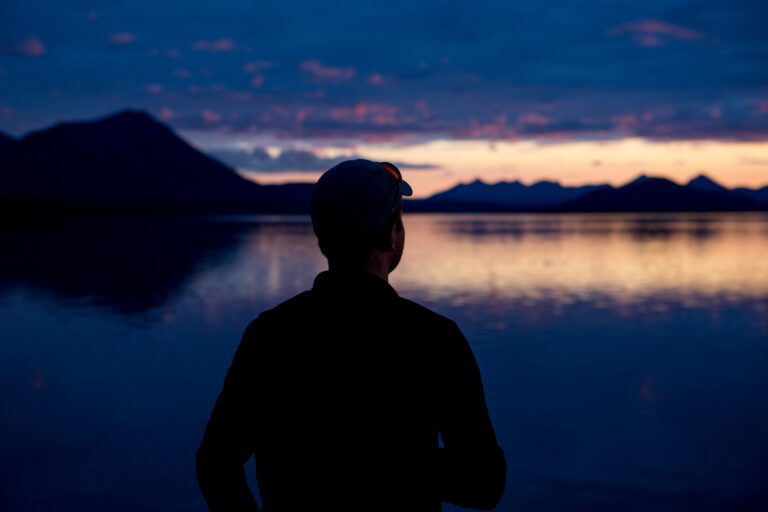Published on July 15, 2024

Written by Hallie Golden for the Associated Press
TAHOLAH, Wash. (AP) — Standing water lies beneath the home Sonny Curley shares with his parents and three children on the Quinault reservation a few steps from the Pacific Ocean in Washington’s Olympic Peninsula. The back deck is rotting, and black mold speckles the walls inside, leaving the 46-year-old fisherman feeling drained if he spends too much time in the house.
“You can tell your body’s not right; it’s fighting,” said Curley, standing in the family’s kitchen. “You’re using your energy to fight something that’s not supposed to be there.”
These are the effects of an ocean that has moved ever closer since Curley’s parents bought the house about 15 years ago in Taholah, the tribe’s largest village, where the Quinault River empties into the Pacific. He estimates the ocean was about 30 feet away back then. Now waves sometimes top a 15-foot seawall, and the family’s been forced to evacuate three times in the past four years, just as Curley’s 84-year-old mother struggles with advancing dementia.
Faced with rising sea levels and increasing flooding, the Quinault Indian Nation has spent at least a decade working to relocate hundreds of residents and civic buildings in Taholah to higher ground. There’s also the threat of an earthquake and tsunami from a major offshore fault line. But that relocation depends on money, and a patchwork of federal and state grants has fallen far below the estimated more than $400 million needed.
Rising waters threaten the Quinault Nation on Washington's Pacific Coast.